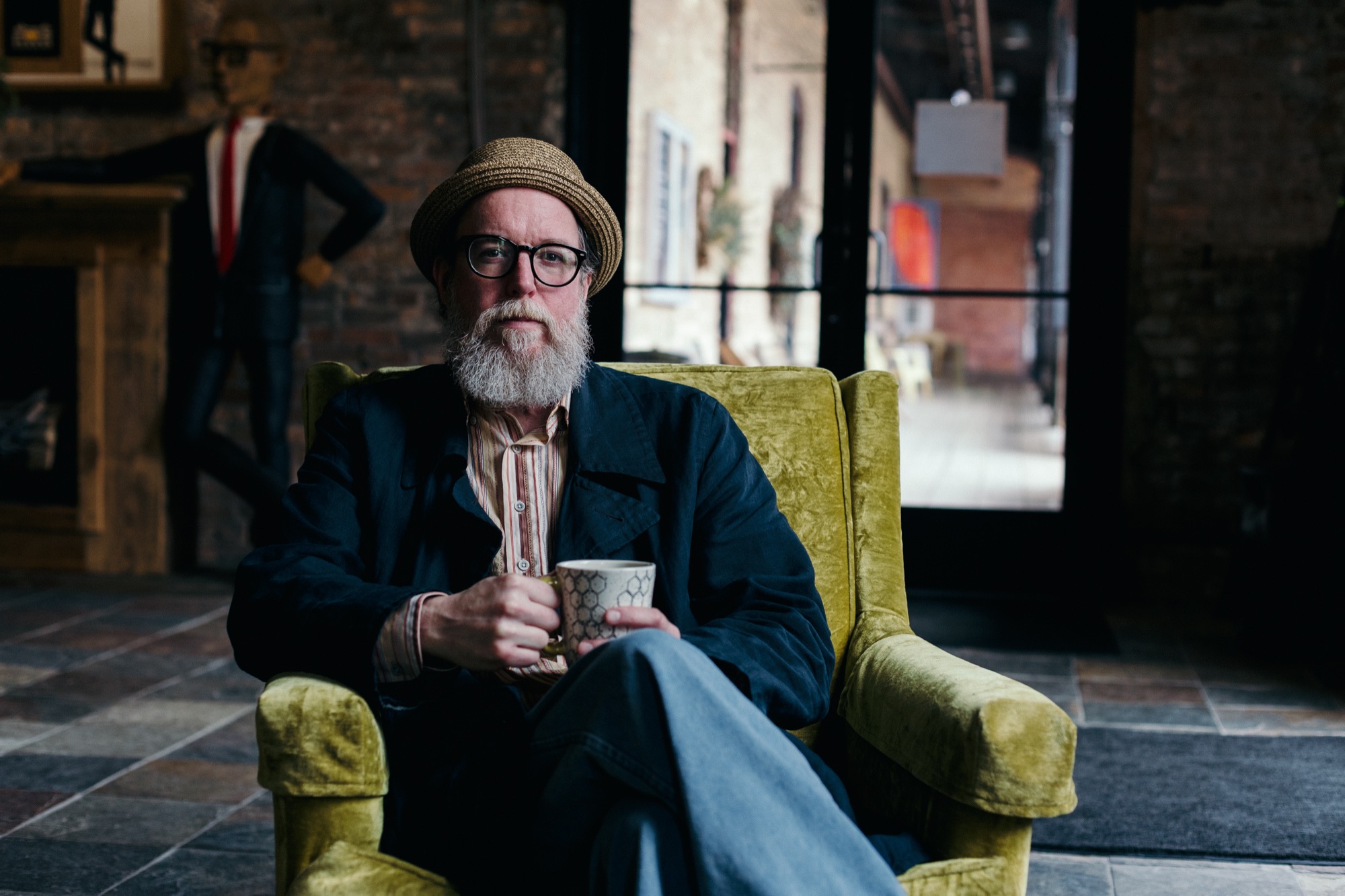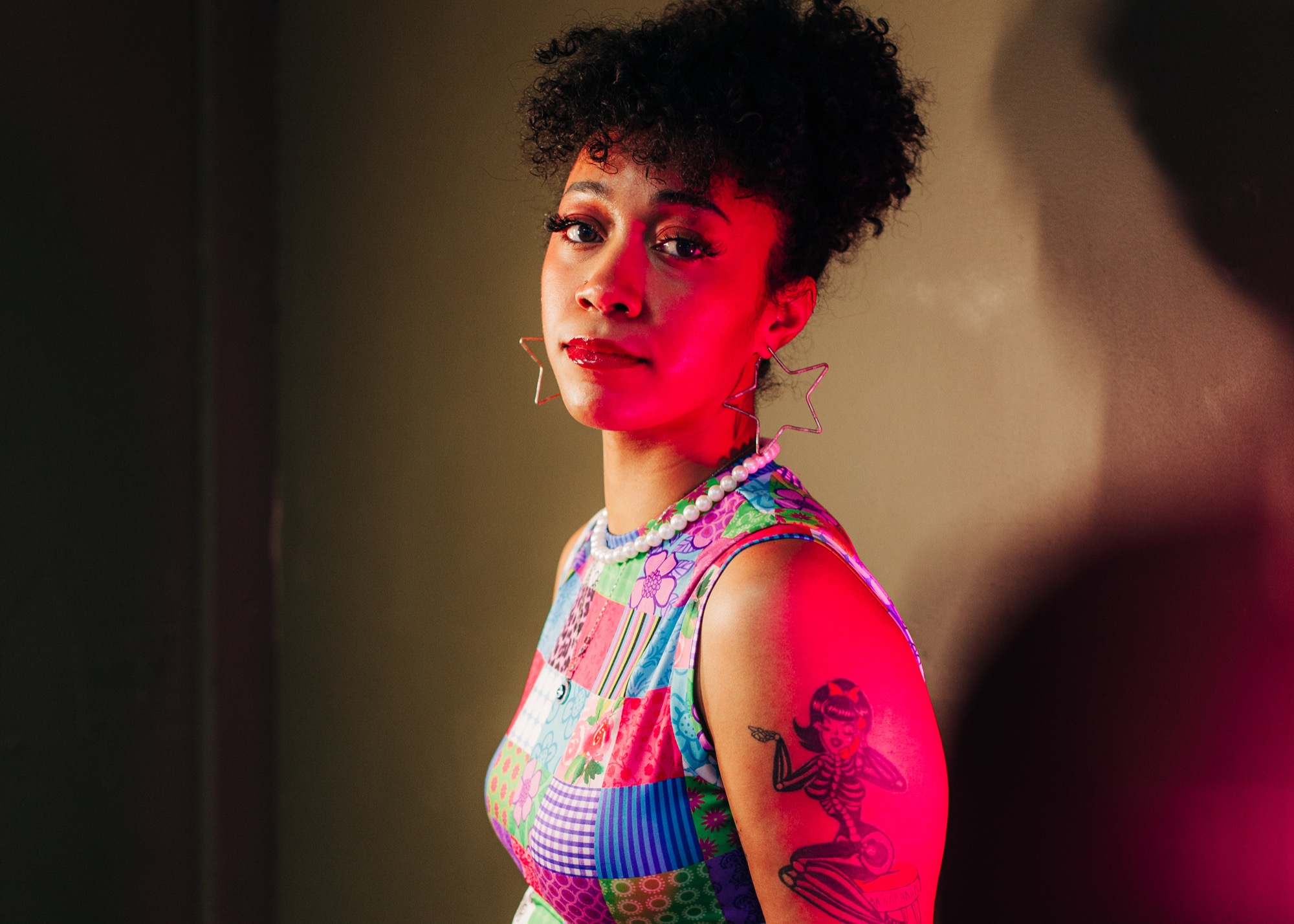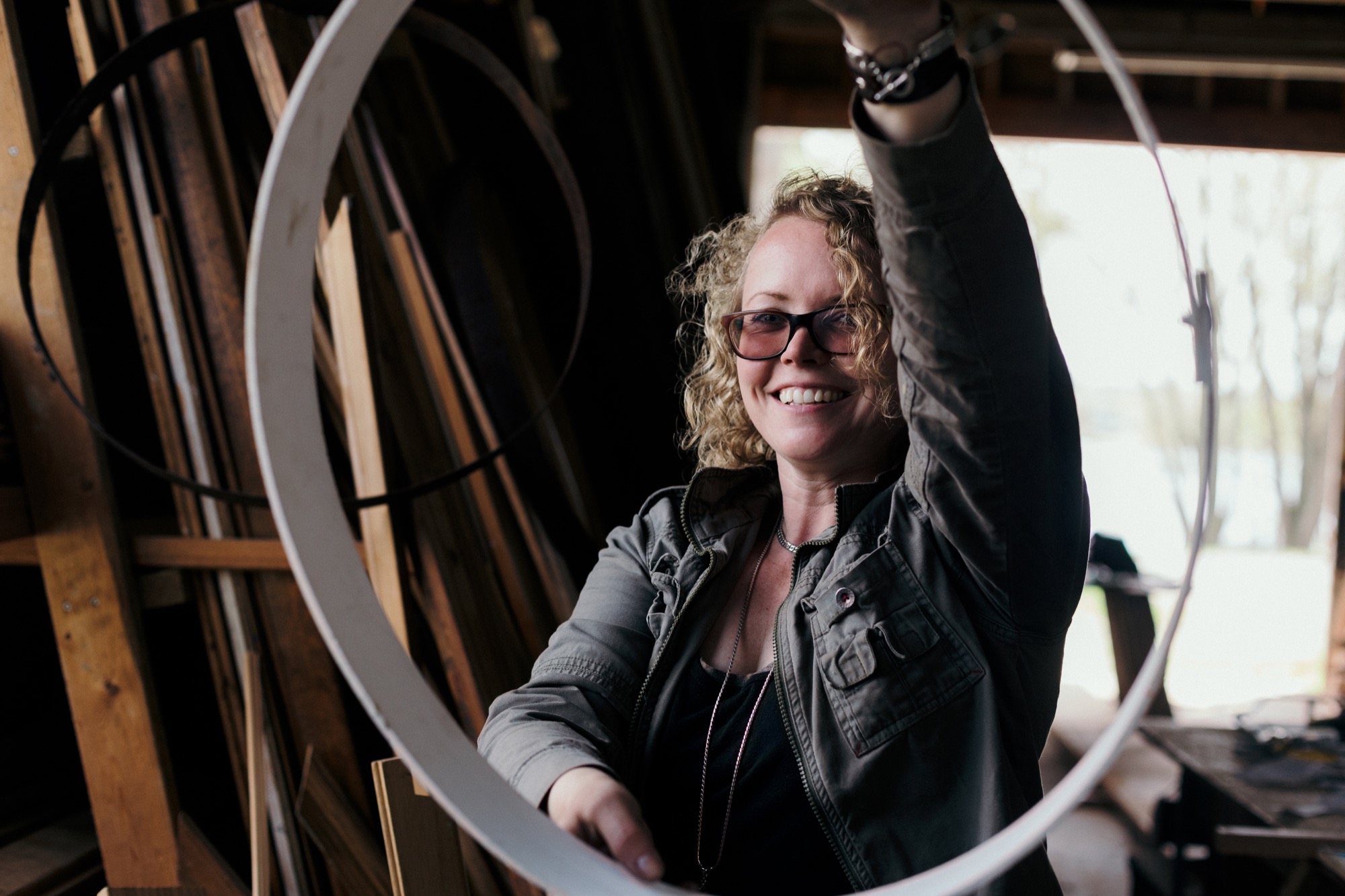Artists In Jackson: Jason Heinrich
Tucked in a cozy corner of Art 634 in Jackson, Michigan, Jason Heinrich’s Yesterdream Studio isn’t just a storefront. It’s a portal to comfort, creativity, and memory.
Admittedly, the space defies easy classification.
“It’s not really a furniture store, not really a record store, not really a gift shop,” Jason says with a laugh. “But it’s also all of those things.”
Growing up in a Downriver factory town in the 1980s, Jason was surrounded by the aesthetic leftovers of previous decades: glass lamps, mid-century furniture, the sound of rock and roll.
“Especially in finished basements and cottages, there was always that old stuff from the ’60s and ’70s. It was everywhere,” he says. “That became my comfort. I didn’t know it then, but I’ve always been chasing that feeling.”
At Yesterdream Studio, that sense of comfort is Jason’s goal. Everything in the space invites visitors to slow down, remember, and then use the items in the shop to make their own space comfortable.
“Transforming your space can transform your mental health,” Jason says. “If you’re surrounded by things that bring you comfort, it affects your mood. That’s a big part of why I do this.”
Finding His Way to Jackson
Jason’s journey here hasn’t followed a straight line. After starting out in fine arts, he spent several years as a laborer in the plumbing trades, his family’s profession stretching back generations. Later, he earned a certificate in graphic design and worked in marketing roles for various Michigan associations. That work included working as a graphic designer and social media manager for marketing departments
 But every time he stepped away from art, something pulled him back.
But every time he stepped away from art, something pulled him back.
“I’ve tried to reinvent myself so many times,” he says. “But creativity always finds its way back in. I don’t go looking for creative work. It just kind of finds me.”
He opened Yesterdream Studio in 2023 at Art 634, after years of collecting, designing, and repurposing, while continuing to work on freelance graphic design and marketing projects.
Jason says his work revolves around sustainability.
“One of the biggest parts of this place is to reimagine, repurpose, and reuse,” Jason says. “There’s no reason to buy brand-new when you can take something old, paint it funky colors, and give it new life. And it’s better for the environment.”
His love for natural patinas and vintage design finds its way into the usefulness and beauty of everyday objects. For an example, Jason points to a large metal tackle box on his shelf.
“People throw stuff away because they don’t see the value. But to me, this tackle box is beautifully designed. It could be anything—a painter’s box, a face painter’s kit, whatever,” he says. “That’s what I love about it.”
Everything Old Is New
Jason’s love of vintage also extends to running a local steampunk convention.
His journey from Renaissance fairs to Steampunk festivals began in the early 2000s. After discovering Steampunk in 2011, he launched monthly events and co-created the Gears, Beards, & Beers competition. Partnering with DJ Van Helsteam, they later hosted the Monster Hunter Bash.
When Michigan’s Steampunk scene slowed during the pandemic, Jason found new inspiration at Art 634. In 2023, he launched Steampunk on the Bricks, a one-day festival that blends workshops, live performances, and integrated vendor experiences. Now in its second year, the event draws hundreds from across the Midwest thanks to support from Art 634, Experience Jackson, and Manchester Underground.
AN Antidote to Intensity
Jason is productive, often jumping from project to project—painting, cooking, woodworking—and he rarely sits still for too long.
“It’s kind of like checking things off a list,” he says. “One minute, I’m carving a walking stick, and the next, I’m painting a side table. It’s all over the place, but it works for me.”
Above all, Jason wants Yesterdream Studio to provide an antidote to the intensity of modern life.
“The world’s gotten meaner,” he says. “People are stressed out, trying to survive. We’ve lost compassion and grace. I wanted to build a space that reminds people to slow down, to breathe.”
His space also invites other artists, including his colleagues from Art 634, to collaborate and network, which helps create a productive, inspiring space for Jason to dabble and create.
“I just want to be around authenticity,” he says. “No personas, no fakeness. Just real people being real. That’s what this space is about.”



























































































































































































